Throughout history, animals have held special places in human societies, not just as companions or sources of food but as divine beings worthy of worship. Ancient civilizations across the globe developed complex religious systems where various creatures were venerated, deified, and incorporated into myths and legends. These animal deities often embodied natural forces, human virtues, or cosmic principles, serving as bridges between the mortal and divine realms. From the sacred cats of Egypt to the serpent gods of Mesoamerica, these animal cults shaped architecture, art, social structures, and daily practices. Join us as we explore ten remarkable animals that transcended their biological existence to become objects of devotion, fear, and reverence in ancient cultures worldwide.
The Divine Cats of Ancient Egypt

Perhaps no animal worship is as well-documented as the ancient Egyptian veneration of cats. The goddess Bastet, initially depicted as a fierce lioness, eventually evolved into a more domesticated cat goddess associated with home, fertility, and protection. By 945 BCE, cats had become so sacred that killing one—even accidentally—was punishable by death. Mummified cats have been discovered by the thousands in dedicated cat cemeteries, often elaborately preserved with painted masks and jewelry. When a family cat died, household members would shave their eyebrows as a sign of mourning. Egyptian cats weren’t merely symbols—they were living embodiments of divine power, pampered during life and ceremoniously honored in death. The archaeological evidence suggests that this reverence for felines helped spread cat domestication throughout the Mediterranean world.
Sacred Bulls in Mediterranean Cultures

Bulls held tremendous religious significance across numerous Mediterranean civilizations. In ancient Egypt, the Apis bull was considered the living incarnation of the god Ptah and later Osiris. Only one bull could serve as Apis at a time, identified by specific markings including a white diamond on its forehead and a scarab-shaped mark under its tongue. When an Apis bull died, it received an elaborate funeral and mummification before priests began the search for its successor. In Minoan Crete, bull-leaping ceremonies and the myth of the Minotaur reflect the central importance of bulls in religious life. The Mesopotamian Bull of Heaven and Greek worship of Zeus sometimes in bull form further demonstrate how these powerful animals became vessels for divine energy across the ancient Mediterranean world. Archaeological evidence from bull cults, including ornate bull heads found at sites like Knossos, reveals the sophisticated artistry inspired by these animal deities.
Serpents and Dragon Worship Across Cultures
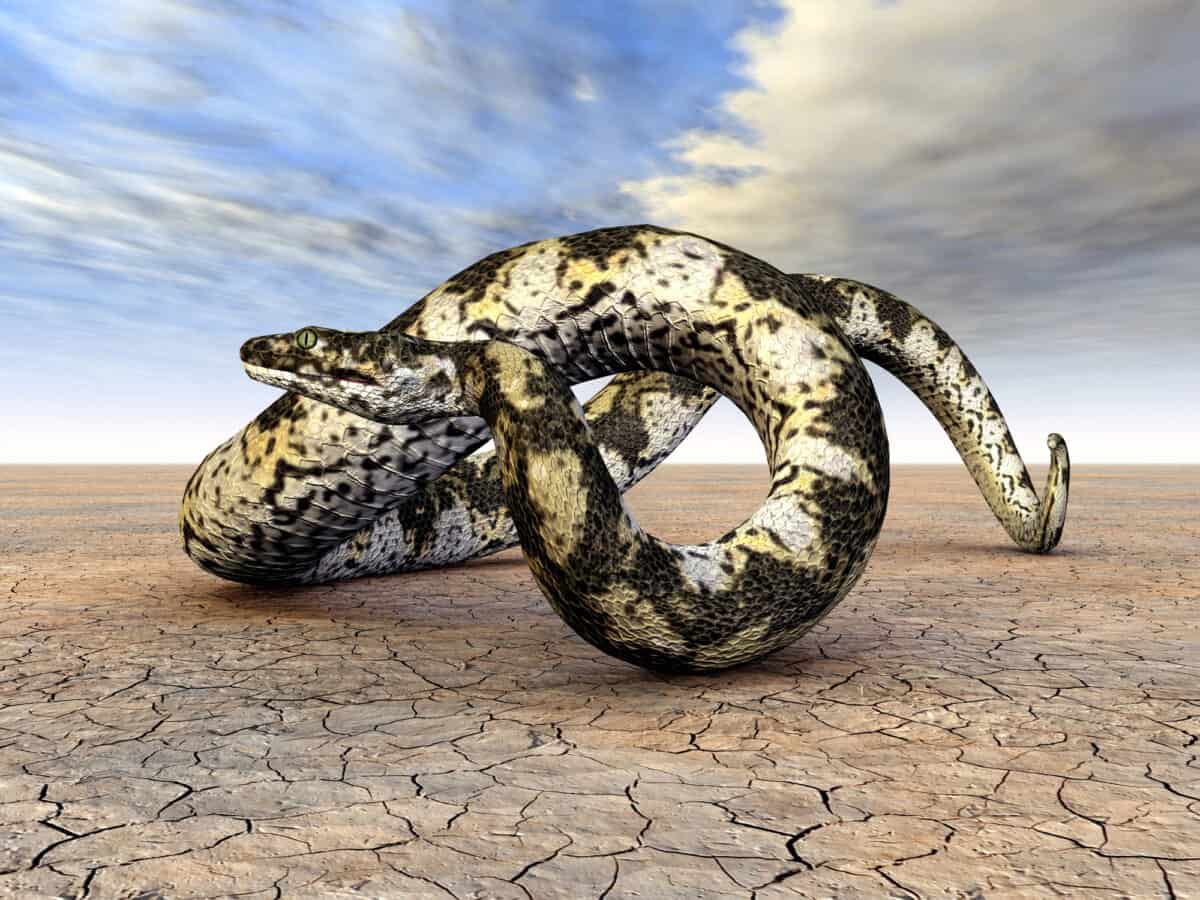
Serpent worship represents one of the most widespread forms of animal veneration, spanning continents and millennia. In Mesoamerica, the Aztec god Quetzalcoatl—the feathered serpent—embodied wisdom, creation, and fertility. Similarly, the Maya revered Kukulkan, a feathered serpent deity associated with resurrection and heavenly knowledge. China’s dragon worship evolved from earlier serpent cults, with dragons becoming symbols of imperial power and rainfall. In India, nagas (divine serpents) feature prominently in Hindu, Buddhist, and Jain traditions as guardians of treasure and knowledge. Ancient Greeks worshipped at the Temple of Asclepius, where sacred snakes were believed to heal the sick. The serpent’s ability to shed its skin made it a universal symbol of renewal and immortality, while its venomous bite represented both destruction and transformation. These serpent deities often transcended the boundary between fear and reverence, embodying both creative and destructive cosmic forces.
Sacred Birds The Ibis and Falcon of Egypt
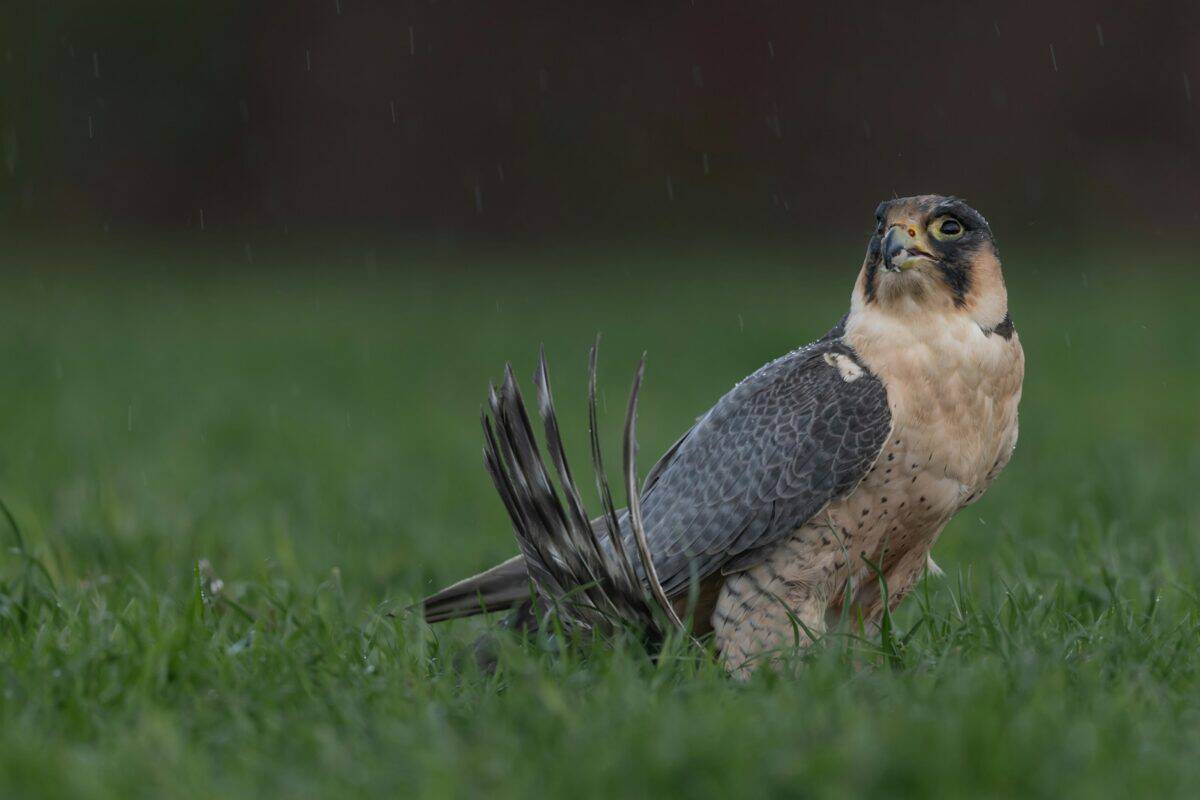
Among Egypt’s pantheon of animal deities, sacred birds held particularly significant positions. The ibis, with its distinctive curved bill, represented Thoth, god of wisdom, writing, and magic. Archaeological excavations have uncovered millions of mummified ibises at sites like Saqqara and Tuna el-Gebel, preserved as offerings to Thoth. These mass mummifications indicate massive breeding programs dedicated to producing sacrificial birds. Similarly, the falcon embodied Horus, son of Isis and Osiris, associated with kingship and the sky. Pharaohs identified themselves as the living Horus, legitimizing their rule through this divine connection. Royal crowns and regalia incorporated falcon imagery, while falcon mummies received elaborate burial treatments. The precise observation of these birds’ behaviors informed Egyptian astronomical knowledge, calendar systems, and hieroglyphic writing. The reverence for these avian deities reflected Egyptians’ deep connection to the Nile ecosystem and its cycles of regeneration.
The Monkey Gods of Hinduism
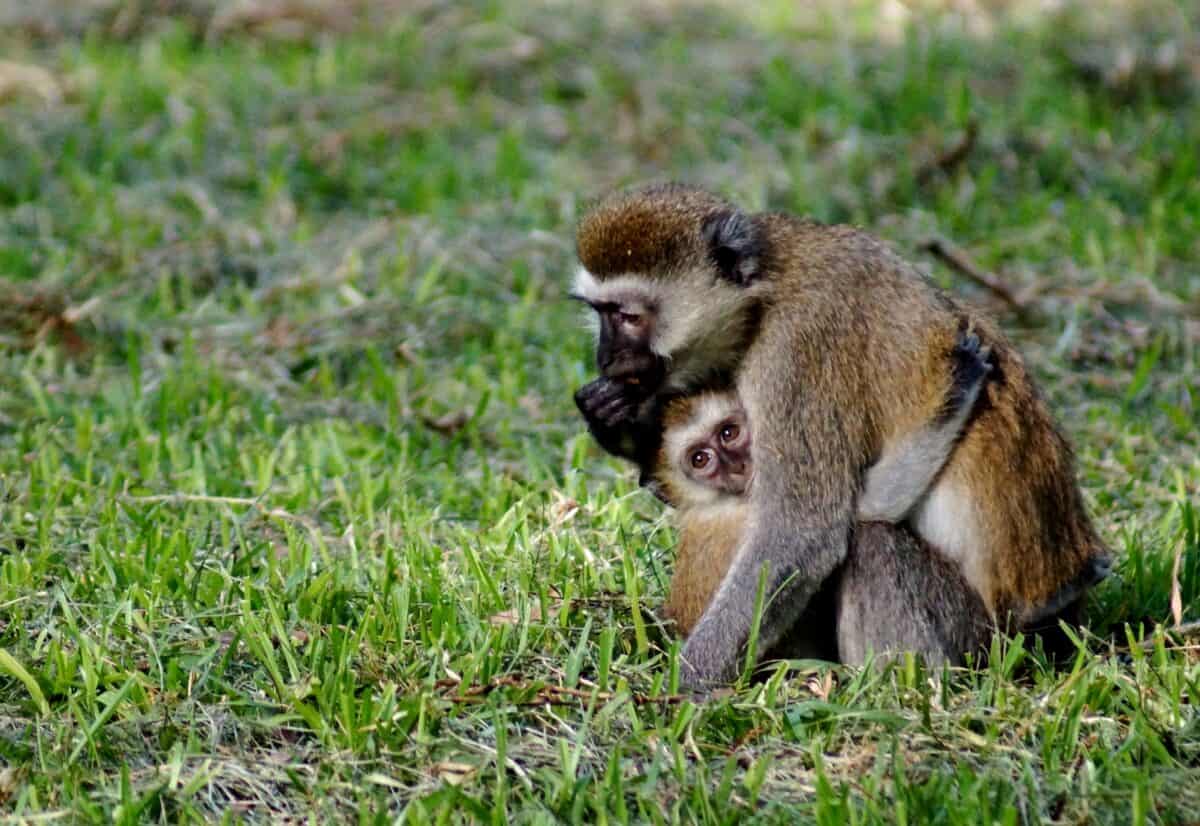
Monkeys hold a revered place in Hindu tradition, most famously through Hanuman, the monkey god who embodies devotion, strength, and selfless service. As Lord Rama’s most loyal companion in the epic Ramayana, Hanuman demonstrates supernatural abilities—flying across oceans, carrying mountains, and defeating powerful demons. Temples dedicated to Hanuman dot the Indian landscape, where devotees offer prayers especially on Tuesdays and Saturdays, days considered auspicious for his worship. In many parts of India, monkeys remain protected and fed by local communities who see them as Hanuman’s representatives. Beyond Hanuman, Hindu mythology features the vanara, an entire race of intelligent monkey-like beings who assist divine forces. Archaeological evidence suggests monkey worship predates written Hindu texts, with monkey figurines appearing in Indus Valley Civilization artifacts dating back to 2500 BCE. The continued veneration of monkey deities represents one of the world’s longest continuous animal worship traditions.
Jaguars and Eagles in Mesoamerican Religions

Mesoamerican civilizations, including the Maya, Aztec, and Olmec, incorporated jaguars and eagles into their religious pantheons as supreme predators representing dual aspects of warfare and spiritual power. The jaguar, master of the terrestrial realm and night, symbolized rulership, fertility, and underworld journeys. Elite warriors known as “jaguar knights” wore jaguar pelts and mimicked the animal’s ferocity in battle. Archaeological evidence includes elaborate jaguar thrones, jaguar-shaped altars, and ceremonial vessels depicting transformation between human and feline forms. Eagles represented solar energy, daytime power, and celestial authority. The Aztec eagle warriors formed an elite military order second only to jaguar knights. The meeting of these creatures in religious iconography—such as the eagle devouring a serpent on a cactus that became Mexico’s national emblem—symbolized cosmic balance between earth and sky. Priests often wore regalia incorporating feathers and pelts from these sacred animals during ceremonies intended to maintain universal harmony.
Wolves in Norse and Roman Mythology

Wolves occupied complex positions in ancient European religious systems, simultaneously feared and venerated. In Norse mythology, the giant wolf Fenrir represented destructive chaos, prophesied to eventually devour Odin during Ragnarök. Yet warriors aspired to wolf-like ferocity, with elite “berserkers” wearing wolf skins in battle. The god Odin himself kept wolf companions, Geri and Freki, who fed on meat while Odin sustained himself on wine alone. Roman mythology featured wolves more positively through the foundation story of Rome, where a she-wolf nursed the abandoned twins Romulus and Remus. This nurturing wolf became a symbol of Roman identity, appearing on coins, standards, and public monuments. During the annual Lupercalia festival, young men dressed in wolf skins and struck women with strips of hide to promote fertility. Archaeological evidence from both cultures shows wolf imagery in funerary contexts, suggesting connections between wolves and the journey to the afterlife. The dual nature of wolves—as both nurturers and destroyers—made them perfect vessels for complex religious ideas about civilization’s relationship with wilderness.
Elephant Worship in Southeast Asian Buddhism

Elephants hold a special place in Buddhist traditions across Southeast Asia, particularly in Thailand, Myanmar, and Sri Lanka. White elephants, extremely rare animals with fair-colored skin, were considered living embodiments of Buddha’s teachings and royal power. In Buddhist cosmology, Queen Maya dreamed of a white elephant entering her side before giving birth to Siddhartha Gautama (the future Buddha). Elaborate ceremonies still honor white elephants in Thailand, where they remain royal treasures under special protection. Temple art and architecture feature elephant motifs prominently, while elephant-headed deities like Ganesha (adopted from Hinduism) appear in some Buddhist contexts. Living elephants participate in religious processions such as the Esala Perahera in Sri Lanka, where Buddha’s tooth relic is paraded on a tusker’s back. Archaeological evidence from ancient Buddhist sites reveals elephant imagery dating to the earliest Buddhist art at sites like Sanchi (2nd century BCE). Beyond symbolic value, the elephant’s perceived qualities—wisdom, gentle strength, and excellent memory—aligned with Buddhist ethical values.
Bears in Indigenous North American Spirituality

Across Indigenous North American cultures, bears held positions of tremendous spiritual significance. Many tribes, including the Inuit, Algonquin, and various Pacific Northwest groups, viewed bears as either transformed humans or beings capable of moving between human and animal realms. The Ainu people of northern Japan similarly centered their religious practices around bear worship. Bear ceremonies varied widely, from the Koyukon traditions of addressing harvested bears respectfully to ensure future hunting success, to elaborate Bear Dance ceremonies among Ute and Pueblo peoples that reinforced community bonds. Archaeological evidence includes bear skulls carefully positioned in caves and bear teeth jewelry dating back thousands of years. Bears’ hibernation and spring emergence perfectly mirrored cycles of death and rebirth central to many Indigenous cosmologies. Medicine bundles and healing practices often incorporated bear parts, while bear clan members in tribal governance systems inherited responsibilities for healing and protection. Unlike many ancient animal cults that disappeared with colonization, aspects of Indigenous bear reverence continue in contemporary spiritual practices despite centuries of suppression.
The Crocodile Gods of Ancient Egypt and Africa

Crocodiles inspired both terror and worship across ancient African cultures, particularly along the Nile River. In Egypt, the crocodile god Sobek embodied pharaonic power, fertility, and military prowess. Temples dedicated to Sobek, such as the famous complex at Kom Ombo, maintained sacred lakes where priests tended live crocodiles, adorning them with gold jewelry and feeding them choice offerings. After death, these sacred reptiles were mummified and buried in dedicated galleries. The city of Crocodilopolis (modern Faiyum) centered entirely around crocodile worship. Further south in the Nile Valley, Meroitic civilization similarly venerated crocodile deities. West African traditions in regions like Mali and Burkina Faso incorporated crocodile worship that continues to this day in places like Bazoule, where “sacred crocodiles” coexist peacefully with humans. Archaeological evidence includes crocodile-shaped ceremonial objects, amulets, and mummified specimens with CT scans revealing elaborate preservation techniques. The crocodile’s ambush hunting style—lurking unseen before explosive action—became a metaphor for hidden divine power that could manifest suddenly in human affairs.
Ravens and Crows in Native American and Norse Traditions
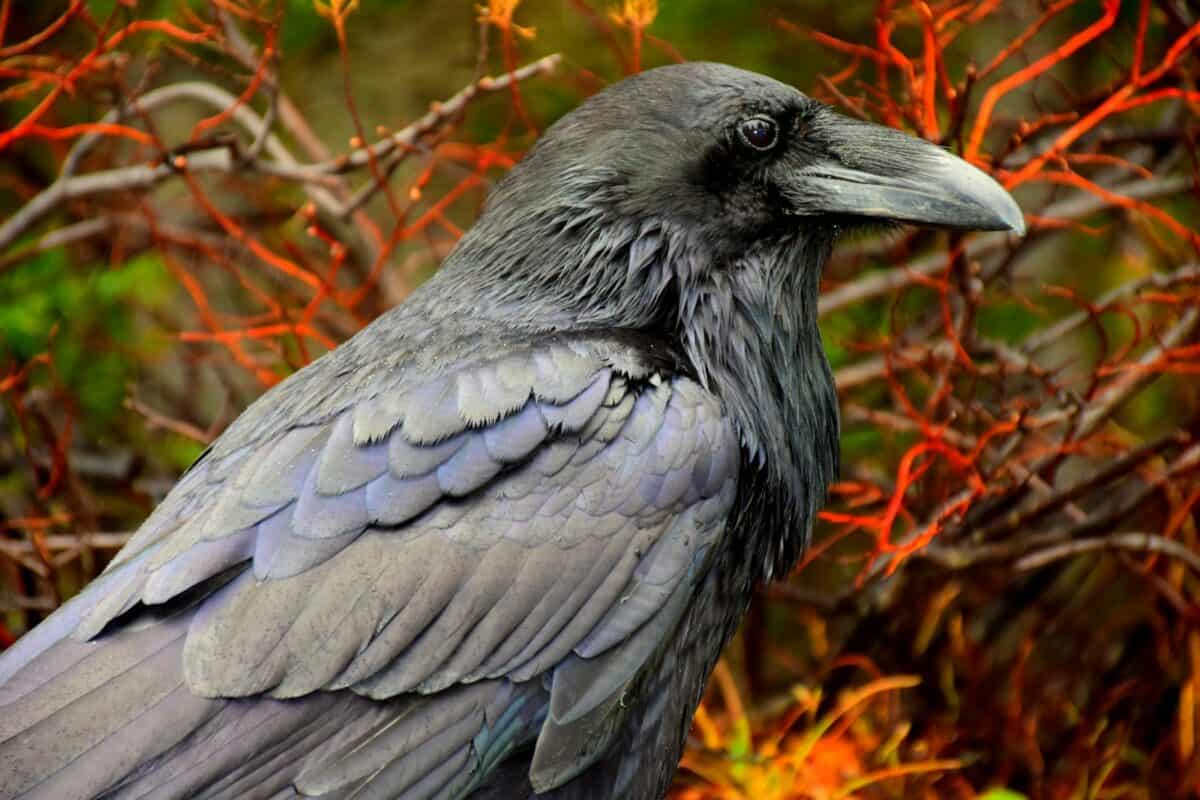
Corvids—particularly ravens and crows—earned divine status across northern hemisphere cultures for their remarkable intelligence and seemingly supernatural awareness. In Pacific Northwest Indigenous traditions, Raven appears as a creator deity and trickster who brought light to the world. The Haida, Tlingit, and other coastal peoples featured Raven prominently in clan crests, totem poles, and origin stories. Archaeological evidence includes raven imagery on ancient tools and ceremonial objects dating back thousands of years. Similarly, Norse mythology featured Odin’s ravens, Huginn and Muninn (“thought” and “memory”), who flew throughout the world gathering information for the All-Father. Vikings carried raven banners into battle, believing these birds represented Odin’s watchful presence. Both cultures observed ravens following hunting parties and appearing on battlefields, seemingly anticipating death—leading to their association with prophecy and destiny. The birds’ ability to mimic human speech reinforced beliefs that they served as messengers between human and spirit worlds. Contemporary scientific research confirming corvids’ problem-solving abilities, tool use, and social intelligence suggests ancient peoples recognized cognitive qualities in these birds that modern science has only recently documented.
The Legacy of Ancient Animal Worship
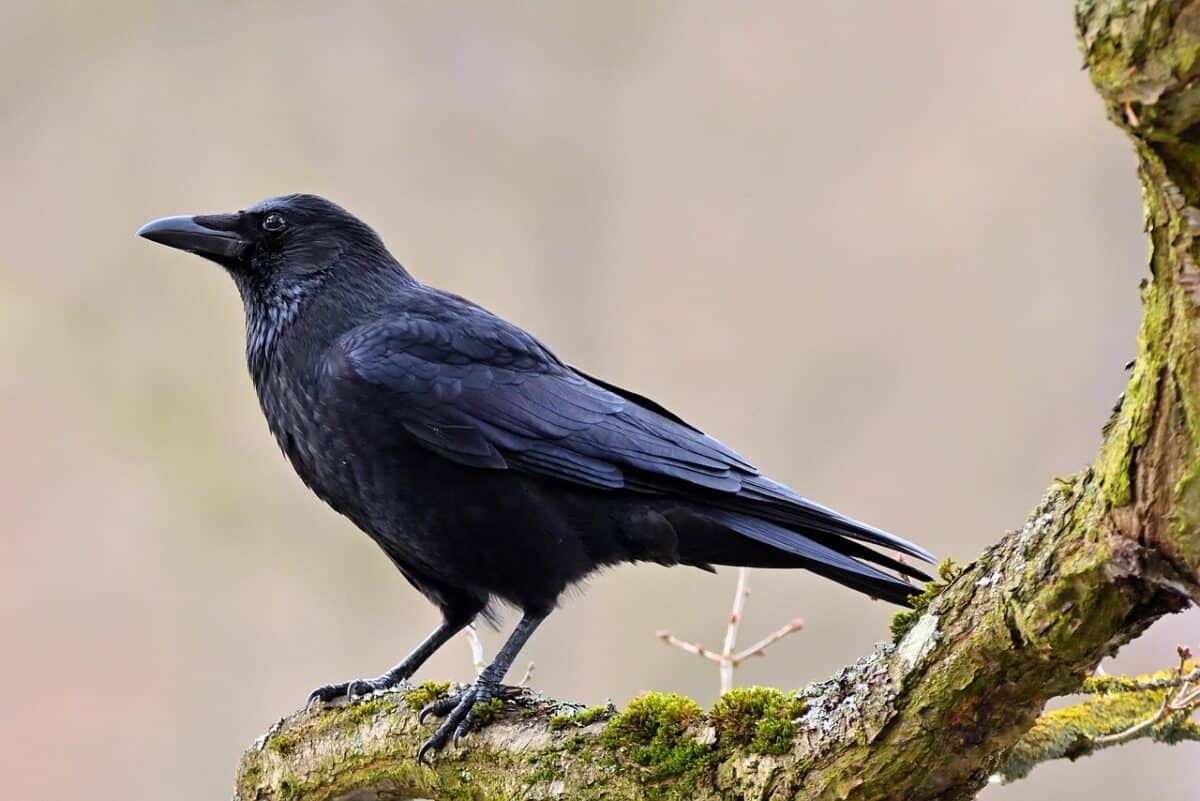
The worship of animals in ancient cultures has left an indelible mark on human civilization that extends far beyond religious practices. These animal deities shaped artistic traditions, architectural designs, and cultural identities that persist even in secular contexts today. Egypt’s national identity remains intertwined with its ancient animal gods, while Mexico’s flag still displays the eagle and serpent from Aztec prophecy. Modern conservation efforts often benefit from cultural traditions that view certain species as sacred—India’s religious protection of monkeys and elephants has helped maintain populations despite habitat pressures. Psychologically, these animal cults reflect human recognition of qualities we admire or fear in other species: the loyalty of dogs, the regal presence of lions, the transformative abilities of serpents. While literal animal worship has largely disappeared from major world religions, echoes remain in Christian lamb imagery, Hindu reverence for cows, and cultural taboos regarding certain animals. Understanding these ancient animal cults provides valuable insight into humanity’s evolving relationship with the natural world—a relationship that continues to shape our ethical frameworks, environmental policies, and cultural expressions in the twenty-first century.
- 14 Creatures That Can Freeze and Thaw Back to Life - August 9, 2025
- 10 Animals That Risked Their Lives to Save Humans - August 9, 2025
- 14 Reasons Why Bears Are Afraid of Humans (Most of the Time) - August 9, 2025

